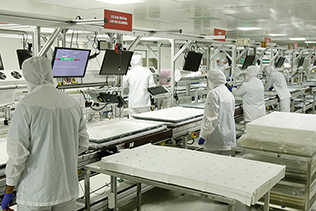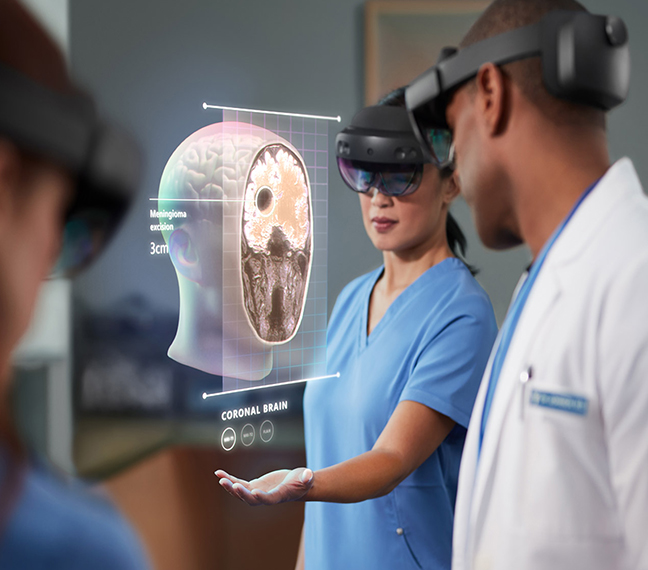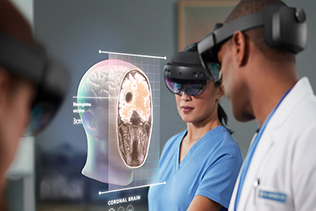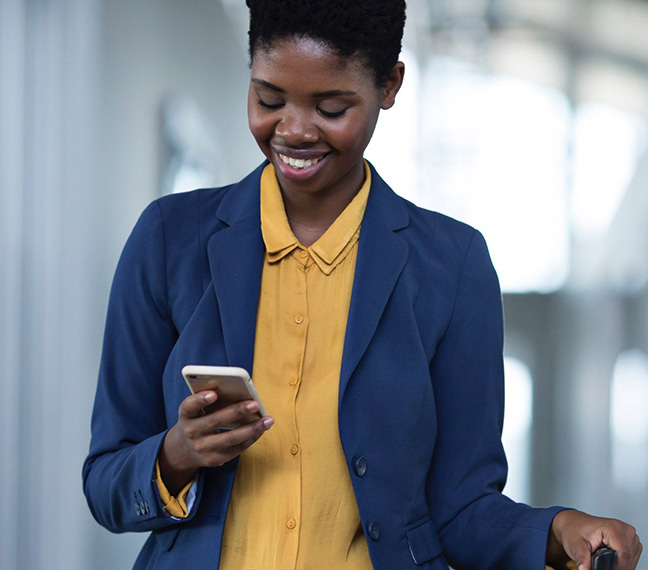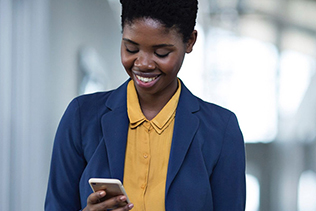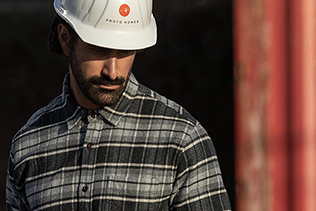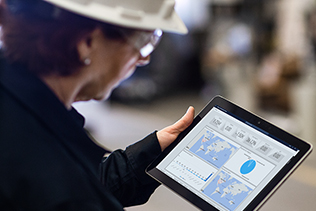HOW THE PANDEMIC CHANGED LEARNING FOR GOOD
The Turkish university leading the way in hybrid learning.


When the pandemic hit, Bahçeşehir University (BAU) in Turkey responded the same way as other institutions: it moved classes online.

But while most universities viewed digital distance learning as a temporary measure, BAU saw an opportunity to transform higher education for good – improving standards and widening inclusion in the process.
And rather than settling on making their pandemic contingency plan permanent, BAU set out to create a new hybrid learning model with help from Microsoft.
Istanbul to Toronto
BAU is based in the Besiktas district at the heart of Istanbul and has over 100,000 students scattered across the globe. Beyond the main site in Turkey’s capital, there are BAU campuses in Berlin, Hanoi, Toronto, Washington DC, and other major cities.
So, when the virus came, many of its students were stranded behind closed borders and travel restrictions, with no indication of when they could return to campus. Remote classes were the obvious move, and BAU rightly insisted that their digital solution must maintain its high standards. While remote classes were a substitute for in-person teaching, the quality of learning had to stay the same. What emerged from the discussion was a strict 300-point criterion that the new learning management system (LMS) had to fulfill.
Reasoning that quality control would be easier with a single supplier, they approached Microsoft – one of the few companies capable of building a comprehensive, reliable, and secure system on a global scale in a short time frame.
Remote resources
Using a combination of Microsoft Teams and Windows Virtual Desktop, BAU was soon conducting online classes for 27,000 students in 123 countries. Aside from enabling virtual classrooms, the system facilitates dynamic updates and centrally stores lectures to be viewed again later.
With this infrastructure, says Prof. Dr. Şirin Karadeniz, President of Bahçeşehir University, “It is possible to provide qualified and inclusive educational opportunities in the period of the pandemic… to thousands of students around the world.”


For a university like BAU, teaching is only part of the equation. Keen to ensure remote students had access to the same resources as those able to attend in person, BAU also set up virtual learning hubs. Distance learners could use Microsoft Virtual Desktop to connect to the university’s advanced computing resources. This meant that they could continue animating, illustrating, or running engineering simulations regardless of their home computer’s power.
Hybrid higher education
While other universities begin returning to bricks and mortar classrooms, BAU is capitalizing on its digital infrastructure, carrying forward its new model of hybrid higher education.
Karadeniz says that from now on, “People who have joined to a program are not only taking their courses online or in class but are also experiencing the integration of environments and processes.”

It is a model that Karadeniz believes will further BAU’s mission of continuously improving educational standards and inclusion, something he hopes will make BAU “an example to our country and to our world.”
Serving its globalized student body with a bold combination of digital and real-world learning – enabled by Microsoft infrastructure – BAU could well be forging the future of higher education.







